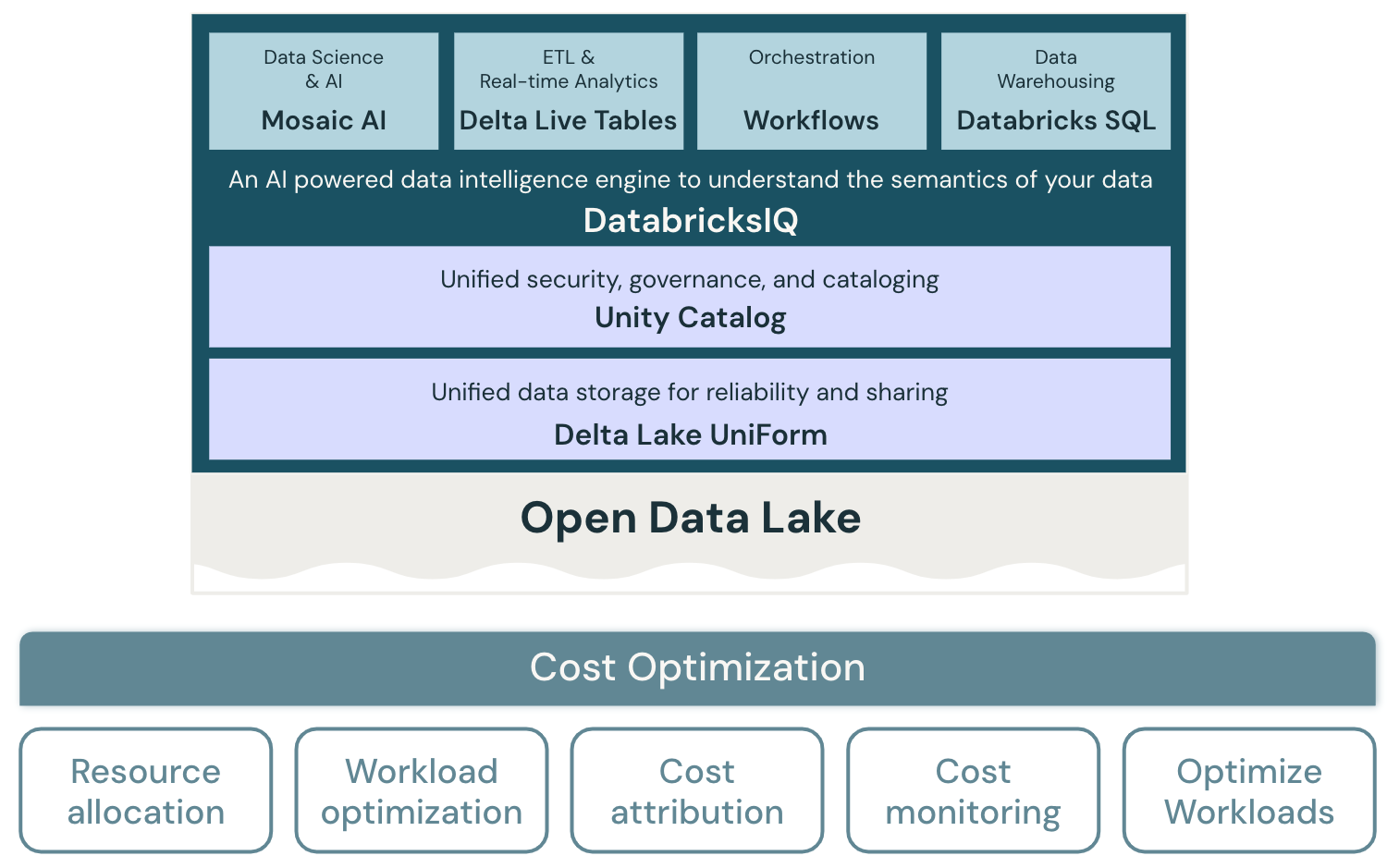Cost optimization for the data lakehouse
This article covers architectural principles of the cost optimization pillar, aimed at enabling cost management in a way that maximizes the value delivered. Given a budget, cost efficiency is driven by business objectives and return on investment. Cost optimization principles can help achieve both business objectives and cost justification.

Principles of cost optimization
Choose optimal resources
Choose the right resources that align with business goals and can handle workload performance. When onboarding new workloads, explore the different deployment options and choose the one with the best price/performance ratio.
Dynamically allocate resources
Dynamically allocate and release resources to match performance requirements. Identify unused or underutilized resources and reconfigure, consolidate, or turn them off.
Monitor and control cost
The cost of your workloads depends on the amount of resources consumed and the rates charged for those resources. To understand the cost of these workloads, monitor them for each resource involved. This provides a baseline for controlling consumption and costs.
In addtion, the lakehouse makes it easy to identify workload usage and costs accurately. This enables the transparent allocation of costs to individual workload owners. They can then measure return on investment and optimize their resources to reduce costs if necessary.
Design cost-effective workloads
A key advantage of the lakehouse is its ability to scale dynamically. As a starting point, usage and performance metrics are analyzed to determine the initial number of instances. With auto-scaling, additional costs can be saved by choosing smaller instances for a highly variable workload, or by scaling out rather than up to achieve the required level of performance.